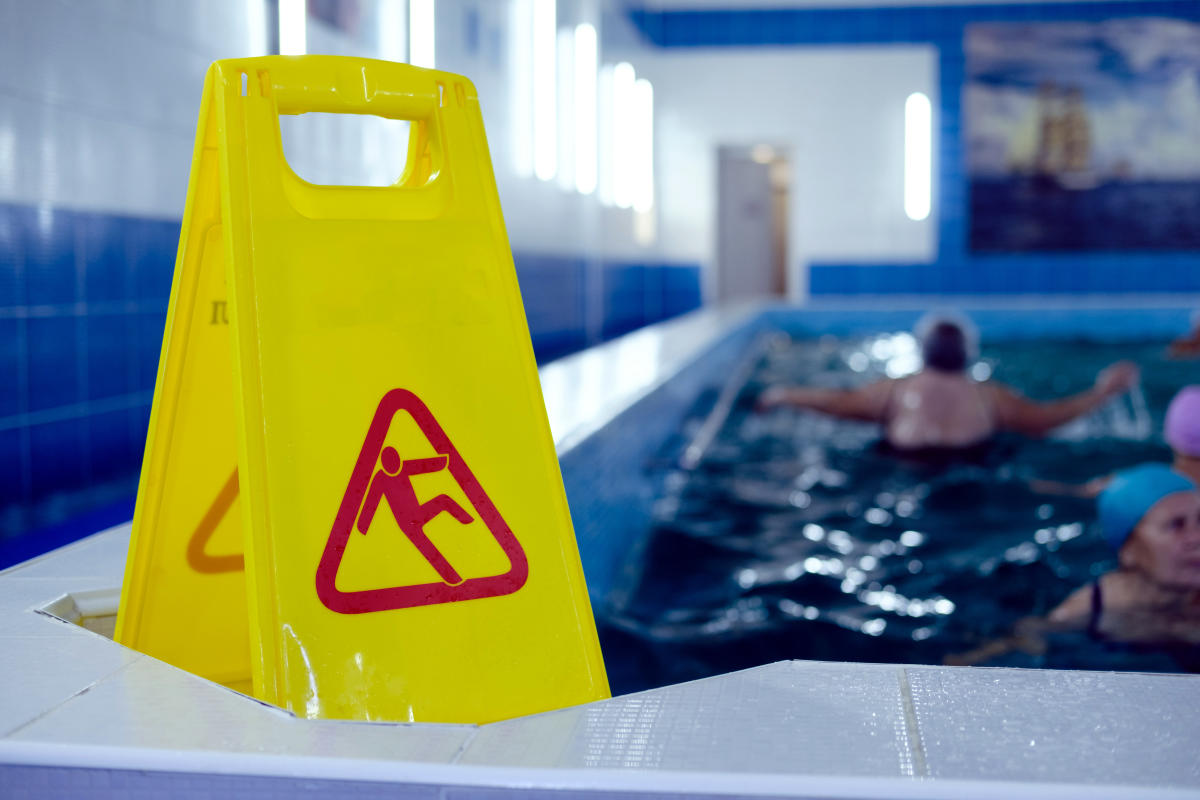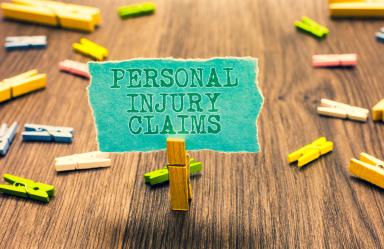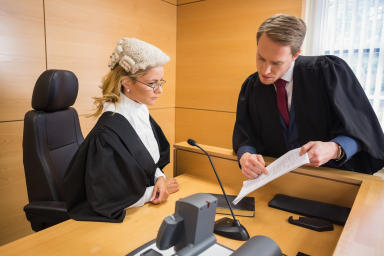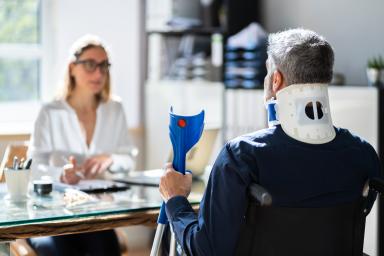Attractive Nuisances | Avoid a Lawsuit

Attractive nuisances, such as swimming pools, trampolines, and abandoned structures, can be a source of joy and fun for children. However, they can also pose significant risks and potential legal issues for property owners. For example, according to the National Safety Council, about 3,000 children under five are treated in emergency rooms yearly for injuries related to residential swimming pools. In addition, the Centers for Disease Control and Prevention report that drowning is the second-leading cause of unintentional injury-related death among children under 14. As a result, property owners with attractive nuisances face a higher risk of liability lawsuits. This page will explore how property owners can avoid liability lawsuits related to attractive nuisances and provide tips for creating a safe environment for visitors.
What Is Considered an Attractive Nuisance?
As a property owner, you must be aware of potential hazards on your property that may attract children and pose a danger to their safety. These hazards, known as "attractive nuisances," can include many items and features, from swimming pools to trampolines to your standard swing set. If not properly secured or supervised, these objects can result in accidents, injuries, or even fatalities. Here are some common examples of attractive nuisances you should be aware of to ensure the safety of yourself and those around you.
Water Features
Swimming pools, ponds, and other water features can be alluring to children, especially on hot days. As a result, children may be tempted to enter the water to cool off or play, even if they do not know how to swim or are not supervised by an adult.
In addition to the drowning risk, water features can pose other dangers, including slips and falls on wet surfaces, head injuries from diving, or entrapment in pool drains. Property owners with swimming pools or other water features on their property are responsible for taking reasonable steps to prevent harm to children. This can include installing a fence or barrier around the pool, using safety covers, and ensuring that children are supervised by an adult when in or around the pool.
Playground Equipment
Children are naturally curious and are drawn to colorful, interactive objects such as swings, slides, climbing structures, and toys. However, these objects can also pose a risk of injury, especially if they are not designed, installed, and maintained properly. For example, a child might climb on a poorly maintained or unstable structure and fall, resulting in serious injuries.
Likewise, playground equipment and toys can attract children who may not be supervised, such as those who wander into a neighbor's yard or public playground without permission. Again, this creates potential liability for the property owner, who may be held responsible for injuries or accidents on their property.
It's best to erect a fence or barrier around the playground equipment to prevent children from accessing it unsupervised. Property owners can also put up signs that warn of the potential dangers of the equipment and remind parents to supervise children while they play.
Construction Sites
Construction sites, including backyard projects or home renovations, can be considered an attractive nuisance because they often contain large and dangerous equipment, materials, and unfinished structures that attract children's curiosity. Children are innately drawn to new and exciting things, and construction sites can be particularly alluring if they involve big trucks, loud noises, and heavy machinery.
Of course, construction sites can also be hazardous, especially for unsupervised children who may not be aware of the risks. For example, a child might climb onto a bulldozer or other large equipment, explore an unfinished building, and fall from a high elevation, resulting in severe injury or death.
Property owners, contractors, and other parties involved in a construction project have a legal responsibility to ensure that their site is secure and that appropriate safety measures are in place to prevent unauthorized access. This can include fencing, barriers, warning signs to deter children from entering the site, and supervision and monitoring to ensure the site remains secure.
Weapons
Weapons, such as guns, knives, or other dangerous objects, can be considered an attractive nuisance because they can be interesting to children and may provoke their curiosity. In addition, children may be drawn to the shiny metal, intricate design, or potential power of a weapon, even if they are not familiar with how to use it or the dangers that come with it.
However, weapons are inherently dangerous and can cause severe harm or even death, especially in the hands of an unsupervised child. For these reasons, it's crucial to store weapons in a secure location, like a locked safe or cabinet, inaccessible to children.
Notable Exceptions
Some states have different rules regarding attractive nuisances and property owners' liability. For example, states like California and Florida hold property owners liable for injuries to trespassing children even if the attractive nuisance was not intentionally created. Additionally, Indiana does not apply the attractive nuisance doctrine to swimming pools under the belief that children are generally aware of the danger of drowning.
Other states, like Texas and Virginia, do not follow the attractive nuisance doctrine and instead hold property owners to a higher standard of care when it comes to ensuring the safety of children on their property. In these states, property owners may only be liable for injuries if they were aware of a dangerous condition on their property and failed to take reasonable steps to address it.
As a property owner, it's crucial to research your state's specific laws and regulations regarding attractive nuisances and premises liability to ensure that you take the necessary precautions to protect yourself from potential lawsuits.
How To Protect Yourself from Liability
While you may have taken measures to prevent accidents, it's impossible to eliminate all risks. However, there are steps you can take to protect yourself from liability in the event of an accident involving an attractive nuisance. By following these tips, you can reduce your risk of facing legal issues and ensure the safety of others who may come onto your property.
1. Put Up Warning Signs
Regarding attractive nuisances, warning signs alert people of potential danger and discourage them from entering the area. For example, if you have a swimming pool on your property, you might put up signs that say, "No Trespassing" or "Pool Closed" to warn people that the area is off-limits. The signs should be visible, concise, easy to understand, and strategically placed around the attractive nuisance.
2. Install Barriers
Installing barriers is an effective way to restrict physical access to an attractive nuisance on your property. Barriers can take many forms, such as a fence, wall, gate, or natural features like hedges or bushes.
When installing barriers, it is vital to consider the age and behavior of the people you are trying to keep out. Specifically, a too-low or easily climbable fence may not be effective in keeping young children away from a swimming pool or playground.
3. Secure the Area
Securing the area involves preventing unauthorized access to an attractive nuisance on your property. This can include locking gates or doors, using safety covers or guards on equipment or machinery, and securing potential hazards that may attract children.
Similar to installing barriers, it is crucial to consider how adequate your security precautions will be for a curious child. For instance, a simple lock may not keep young children from accessing a dangerous area, and additional measures like a fence or safety cover may be necessary.
4. Keep up with Maintenance
Be sure to regularly inspect and address any potential hazards that may attract people to explore an area on your property that could be considered an attractive nuisance. As an illustration, if you have an abandoned car on your property, you might remove it or ensure it is adequately secured to prevent children from playing inside it. Similarly, if you have a broken fence around a swimming pool, you might repair or replace it to prevent people from accessing it without authorization.
5. Consider Liability Insurance
If you have an attractive nuisance on your property, it is essential to consider whether your existing insurance policies provide sufficient coverage or if you need to purchase additional liability insurance. For example, if you have a swimming pool, you should buy a separate liability policy that explicitly covers injuries related to pool use.
Legal Resources for Property Owners
If you're a property owner dealing with an attractive nuisance on your property, it's essential to understand your legal rights and responsibilities. While taking preventative measures to avoid accidents is critical, accidents can still happen, and you may need legal help. This list provides some of the top legal resources that property owners can turn to for help and guidance regarding attractive nuisances.
State Bar Associations
A state bar association is an organization of lawyers licensed to practice law in a particular state. While these organizations offer assistance to individuals in various situations, they can also be helpful for property owners who need legal help regarding an attractive nuisance on their property. These services may include a referral to an attorney specializing in premises liability cases, a legal clinic where property owners can receive free legal advice from volunteer attorneys, and more. In addition, some state bar associations even provide self-help resources on their websites or in their office to help property owners understand their legal obligations and protect themselves from liability.
To locate your state's bar association, visit the American Bar Association’s website or search online for “[your state] bar association.”
Court Websites
Your local court's website can be a valuable legal resource if you need help with an attractive nuisance on your property. These websites often provide access to a wealth of information, including forms and instructions for various legal processes, case law and legal research materials, court rules and procedures, and contact information for the court. This information can help property owners better understand the legal issues in premises liability cases and ensure they comply with court procedures.
While court websites cannot provide legal advice or representation, they can provide information to assist property owners in representing themselves or seeking legal help from an attorney. To find your local court’s website, visit the online directory available from the National Center for State Courts or search online for “[your county] court website.”
Expertise.com StaffAuthor
Step into the world of Expertise.com, your go-to hub for credible insights. We don't take accuracy lightly around here. Our squad of expert reviewers, each a maestro in their field, has given the green light to every single article you'll find. From rigorous fact-checking to meticulous evaluations of service providers, we've got it all covered. So feel free to dive in and explore. The information you'll uncover has been stamped with the seal of approval by our top-notch experts.

Todd PassmanReviewer
Todd Passman is a personal injury attorney that provides representation in all types of personal injury accident cases, including car accidents, truck accidents, bicycle accidents, motorcycle accidents, drunk driving accidents, uninsured motorist accidents and premises liability. Visit: https://stluciepersonalinjuryattorney.com/




